Are you trying to decide between shopping at Aldi vs. LIDL? Choosing a grocery store is crucial, especially if you’re saving money.
I made this comprehensive guide to LIDL and Aldi store experiences, products, prices, and more. We break down the differences between the two companies and help you determine the better choice.
If you’re a loyal shopper of either brand or are new to the discount grocery scene, this article should give you an in-depth analysis to help you make an informed choice.
Is LIDL Cheaper than Aldi? Who owns Aldi and LIDL? Read on and discover which supermarket comes out on top.
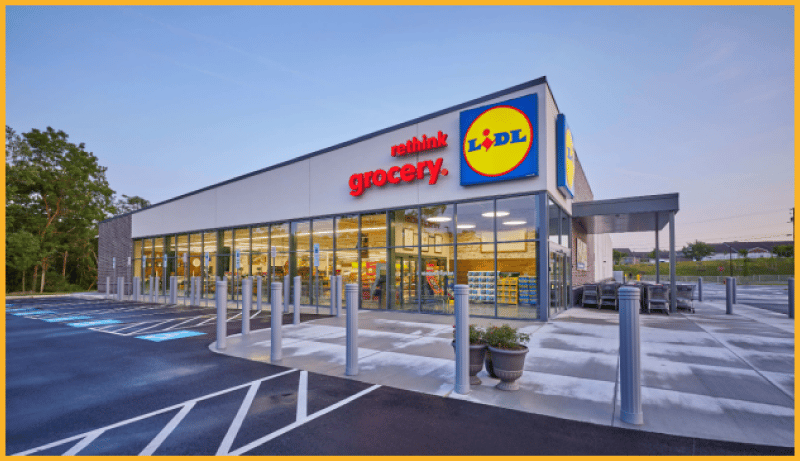
Aldi vs. LIDL: A History
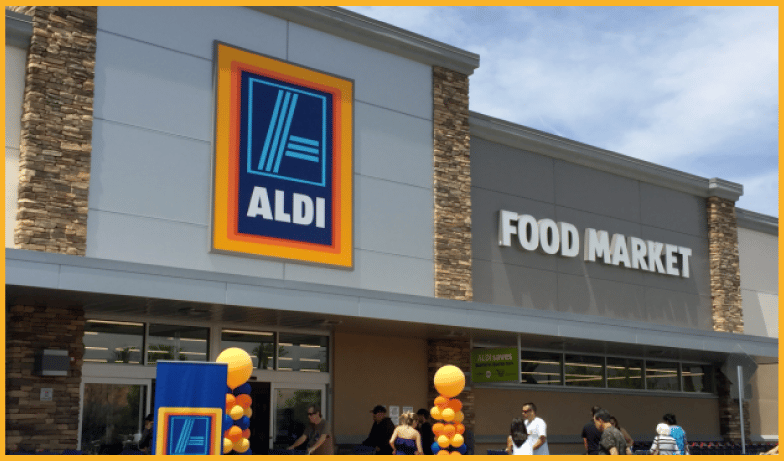
LIDL and Aldi are the biggest names in the supermarket industry, with a global presence and a large following.
Are Aldi and LIDL the same company? No. They’re not.
Despite having similar origins and business models, Aldi and LIDL are separate entities with no relation. The families that own these two supermarkets are competitors.
Here’s a look into each company’s rich history.
Aldi History

Aldi, known as Albrecht Discounts, belonged to two brothers, Karl Albrecht, and Theo Albrecht, in 1913. The brand started as a small store and ultimately grew into one of the most notable supermarket chains in the world.
The company’s success in operating grocery stores worldwide led to the business’s division into Aldi Nord and Aldi Sud in 1960 due to critical differences in management and operation styles.
Today, Aldi Nord operates in Northern Germany and other European regions primarily. Aldi Sud focuses on other countries, including Australia, China, Italy, the United Kingdom, Hungary, Switzerland, Austria, and Slovenia.
Overall, Aldi operates 11,235 stores worldwide, making it a well-established player in the global supermarket industry.
Aldi shares the same family heritage as the owners of Trader Joe’s. However, Trader Joe’s and Aldi operate as separate entities and do not overlap.
LIDL History
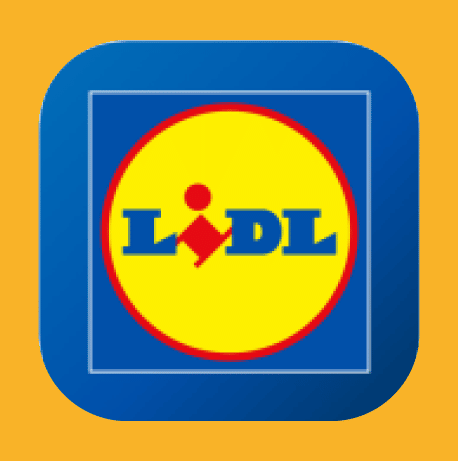
LIDL is another popular supermarket chain headquartered in Neckarsulm. The company has a rich history dating back to 1930 in different industries.
LIDL ventured into the supermarket business in 1977, deliberately modeling its operations on Aldi’s.
Who owns LIDL? The company is part of the Schwarz Group, founded by a German businessman, Dieter Schwarz. The group of companies is a leading retail organization in Europe.
There’s some confusion about the LIDL and Aldi brothers’ stories. The two Aldi divisions (Aldi Nord and Aldi Sud) belong to the Aldi brothers, but LIDL has no family ties with Aldi owners.
LIDL and Aldi are two separate and unrelated entities.
Similarities Between Aldi and LIDL
How are Aldi and LIDL similar? These are a few factors where that overlap in many ways.
Pricing Model
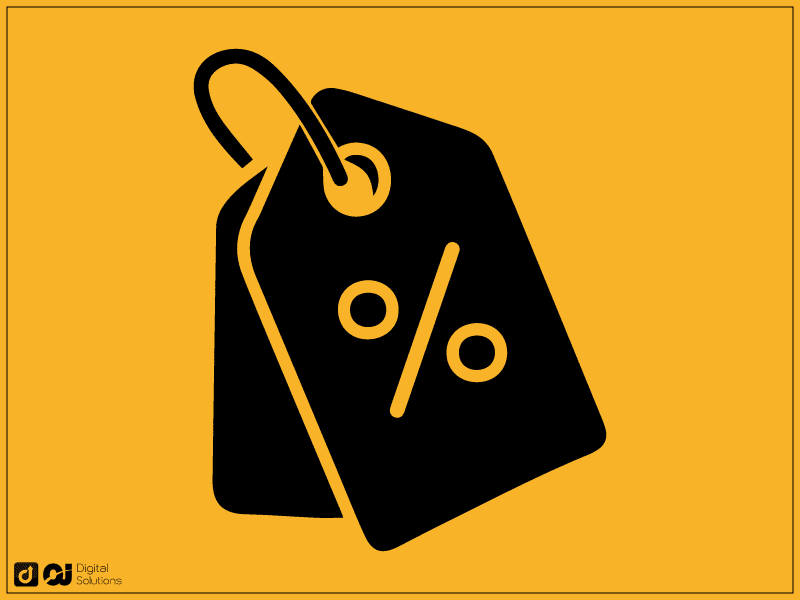
As budget chains that guarantee the best prices, Aldi and LIDL are price competitive compared to other supermarkets like Walmart, Whole Foods, Amazon Grocery, and Harris Teeter.
By providing an alternative to more expensive supermarkets, Aldi and LIDL offer an excellent option for individuals who want to watch their spending.
Despite the low prices, LIDL and Aldi have high-quality items, meaning their products provide exceptional value for money.
They strategically streamline other parts of their shop operations to make grocery products available at competitive prices to improve their profit margins.
By keeping prices low and offering high-quality products, these two supermarkets have become popular brand names in many countries worldwide, especially in Europe and the United States.
Bagging and Cart Policies
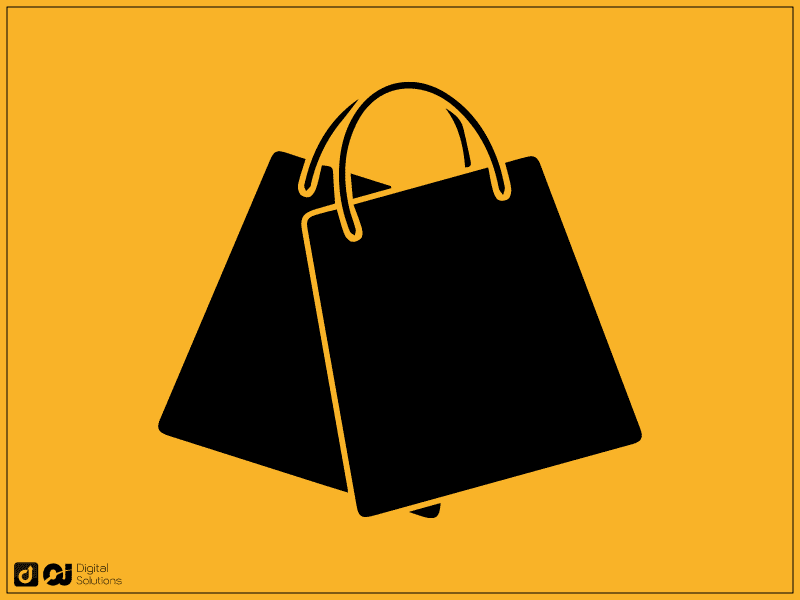
Aldi and LIDL follow a similar practice for shopping bags, too. They encourage customers to bring their own bags.
If you don’t bring a bag, you’ll have to purchase one from the store. Both stores do this to minimize waste and reduce costs. This policy allows the two shopping stores to provide their products at lower prices.
If you want to save money, I highly recommend buying and bringing a bag when buying your own groceries at an Aldi or LIDL store. It’s also better for the environment as it reduces solid waste.
Their policy also lets customers bag groceries, helping reduce staffing. Customers can get name brands in their stores but need to be more physically involved.
Display-Ready Packaging
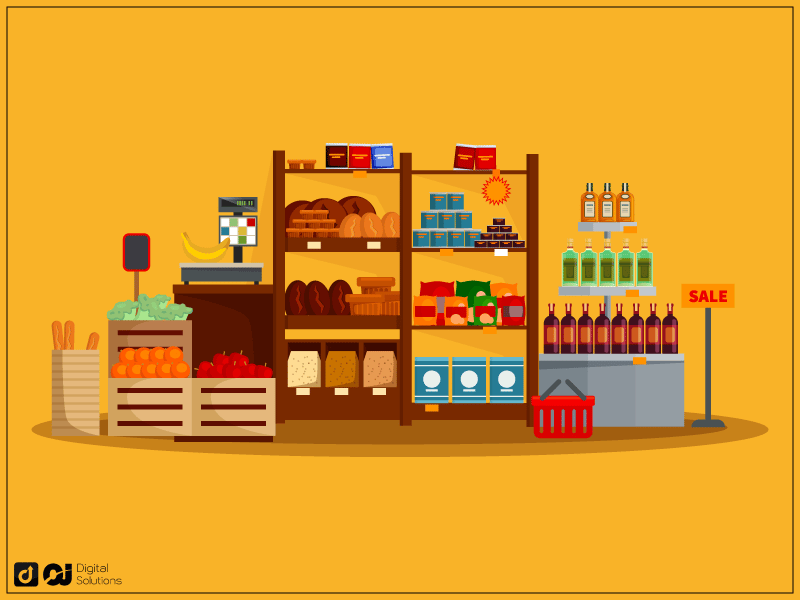
Aldi and LIDL reduce labor costs by directly displaying ready-packaged items on their shelves.
They place case goods directly on display without handling unit packs, making box setup quicker and easier without perforating them, resulting in reduced labor costs.
Guarantees

Aldi and LIDL have a solid commitment to their customers and the quality of their products. Accordingly, they offer many guarantees that overlap between the two brands.
They have implemented policies that demonstrate strong confidence in the offerings. These policies help ensure that shoppers feel comfortable making purchases with them.
Aldi’s guarantee is “Twice as Nice Guarantee,” which gives shoppers the peace of mind that they can return their products (with very few exemptions) if they are not completely satisfied with them.
Similarly, LIDL has the “LIDL Love It” guarantee, providing the same assurance to customers.
These policies allow shoppers to return products after purchase, which has helped LIDL and Aldi establish a loyal customer base. The two stores’ customer-friendly return policies all apply to private-label products.
According to this quality guarantee, customers can return a product and receive a full refund or choose a replacement if they are unsatisfied with their purchase or simply change their minds.
In both stores, customers must present an original receipt as proof of purchase.
Premium Products

Aldi and LIDL believe in offering their customers the best value for money, which is why they both have premium product lines.
The Aldi “Specially Selected” line and LIDL “Preferred Selection” section offer high-quality products for grocery products like meats, gourmet pasta, and shredded cheese at an affordable price.
Unlike other retailers that might charge a ridiculous premium for their premium products, Aldi and LIDL aim to provide exceptional value for money on these products.
Aldi vs. LIDL: The Difference
I’ve discussed the similarities between the two stores.
The next question is: what are the main differences between Aldi and LIDL?
Here’s a look at some significant differences between the two stores. I also discuss which store wins each category according to my standards and shoppers’ preferences.
Prices

Aldi and LIDL take pride in their low-cost retail chain status, but there are noticeable differences in prices between the two supermarkets. While the differences aren’t enormous, they can become apparent in larger carts.
So, is Aldi or LIDL cheaper? Customers have rated Aldi to have slightly lower prices compared to LIDL. So an Aldi shopper can save more money over the long term by shopping at the supermarket chain.
Preferred Choice: Aldi
Customer Experience

The customer experience in these two supermarkets is very much alike. Still, customers notice differences in their experiences at both stores.
At Aldi, cashiers sit down, allowing for a more relaxed checkout process than most LIDL chains. In contrast, LIDL cashiers stand, which can lead to fatigue and affect their service delivery.
Aldi uses a double conveyor belt arrangement for more seamless transactions.
Preferred Choice: Aldi
Location Size and Number of Stores

Both supermarkets have a massive global reach. Aldi operates 11,235 stores globally, with over 2,000 stores in 37 states in the US.
On the other hand, LIDL operates 11,200 stores, with most of their 100 stores located in East Coast states.
However, LIDL supermarkets are bigger than Aldi stores, meaning people prefer LIDL for its more extensive selection, grocery aisles, and space.
The extra space in LIDL shopping stores enables them to offer a broader range of items than Aldi.
Aldi supermarkets cover an area of 10,000 square feet, while LIDL stores range from 14,000 to 21,000 square feet on average.
Notably, LIDL’s produce section is much larger, giving their shopping customers more notable options in a LIDL store.
Preferred Choice: LIDL
Online Shopping

Aldi and LIDL provide online purchasing options for their shopping customers, so people can get groceries in both stores without visiting a shop.
Aldi uses the Instacart app to sell groceries online, while LIDL utilizes the Buymie app.
Between the two, the Buymie app promises speedy delivery of groceries. On average, you get your products from a store an hour after placing the order.
Preferred Choice: LIDL
Promos

Aldi’s marketing approach has some crucial differences from LIDL’s.
LIDL uses the Everyday Low Price (EDLP) strategy to promote non-food items at their stores.
On the other hand, Aldi adopts a different marketing approach, actively seeking out producers to obtain the products they need.
Preferred Choice: Both have their strengths.
Product Quality

LIDL’s products might not be cheaper, but focusing on promoting non-food items with Everyday Low Price (EDLP) has led to a perception of having higher quality products, especially its private-label goods.
Customer reviews suggest that LIDL’s groceries appear fresher than Aldi’s, which could be due to LIDL’s constant availability of products throughout the year, compared to Aldi’s more seasonal product offerings.
Preferred Choice: LIDL
Unique Product Offerings

Aldi and LIDL offer various features and services to customers on and off-shelf.
LIDL has an in-house bakery and a dedicated dry fruit counter. So that makes LIDL a better option for food options. Their white bread is also really great as well.
Aldi does not have an in-house bakery but occasionally offers frozen sushi as part of its Aldi Find items.
LIDL also regularly stocks fresh Sushi for customers, whereas the stocks of dry fruits at Aldi are seasonal. For instance, there are fancier-looking options in Aldi, like their Brioche Buns.
Preferred Choice: Tie
Pros and Cons of Shopping at LIDL vs. Aldi

The following pros and cons of LIDL and Aldi should help you decide where you want to get groceries.
LIDL Pros
- Better quality products
- Superior customer service and online ordering
- More consistent and readily available stocks
- Bigger stores
- In-house bakery with freshly baked food options
LIDL Cons
- Slower checkout process
- Stand-as-you-serve policy, which wears out their staff
Aldi Pros
- Lower prices
- Faster service at the cash register
- Minimal promotions
- Staff members aren’t tired because they get to sit
Aldi Cons
- Smaller product offerings
- Many seasonal food products
Frequently Asked Questions (FAQ)
Are Aldi Stores or LIDL Stores Better for Meat?

Which store offers better meat options? The majority of their meat products are pretty standard and similar. But in terms of steak options, LIDL stands out as they supply more quality steak than Aldi.
Do Both Aldi and LIDL Use the Same Suppliers?
Aldi’s buying team operates from the UK, meaning all buying decisions happen there. In contrast, Lidl has a pan-European buying structure, which decentralizes its supplying operation.
Aldi procures 77% of its products from British suppliers specifically designed and packaged for the UK market.
Meanwhile, LIDL’s packaging is multi-lingual, making it suitable for the pan-European market.
Does Aldi Own LIDL?
No. There are no overlaps in ownership with Aldi and LIDL. They both operate independently of each other.
The Bottom Line
LIDL and Aldi are two popular budget retail chains that offer affordable prices and a unique shopping experience.
There are noticeable differences in prices, customer experiences, and marketing strategies.
However, both supermarkets have unique strengths, and your choice of where to shop comes down to personal preferences and needs.
If you’re looking for another low-cost store, you can save money by shopping at Walmart and using your EBT card.

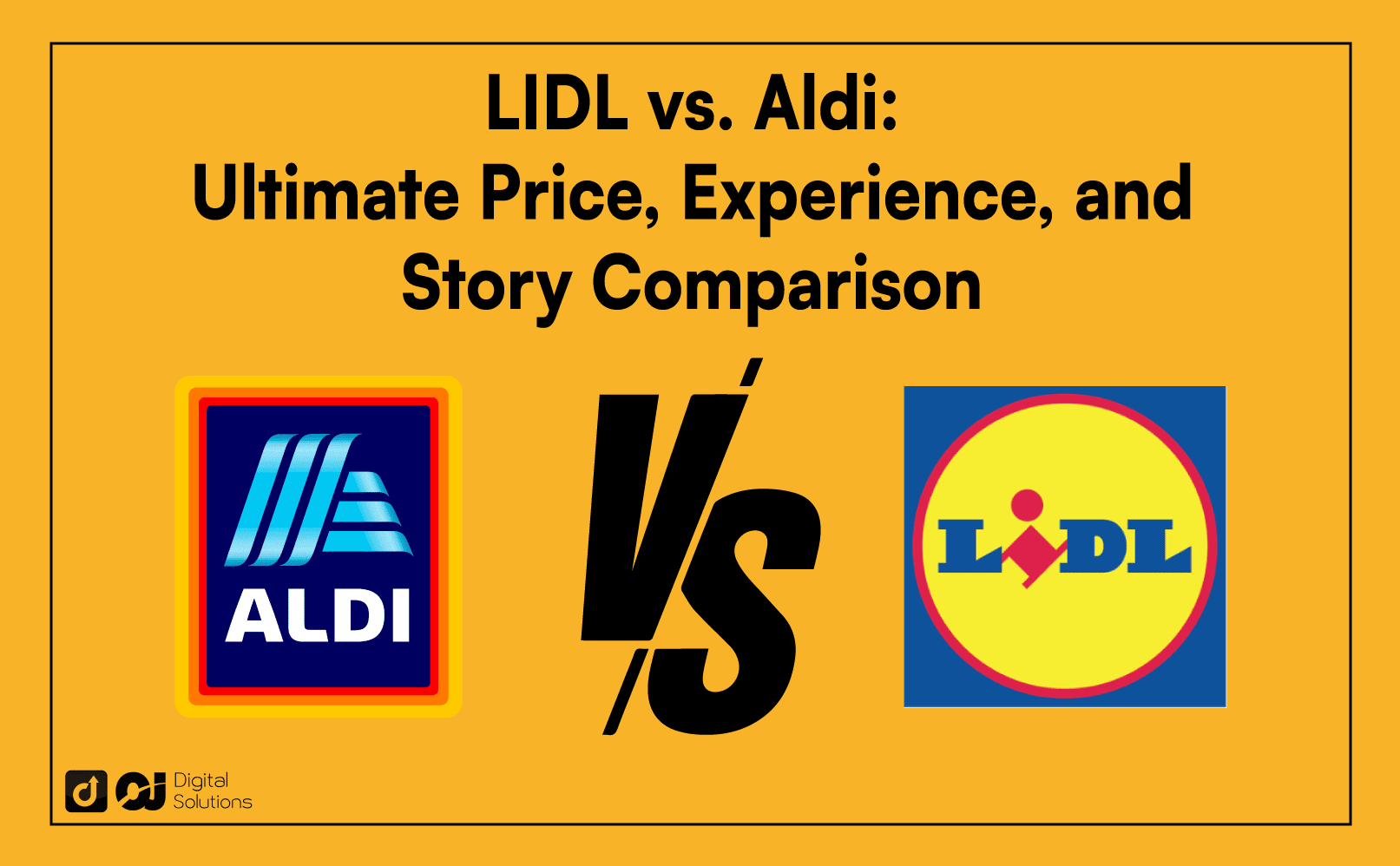





One Response
Thank you, for clearing up a lot of my,, questions I’ve had about both of them. I live and work in DC, a notorious food desert, where both are making inroads more so Aldi’s though. I prefer Aldis better prices. Why no mention of any expansion plans in Africa????